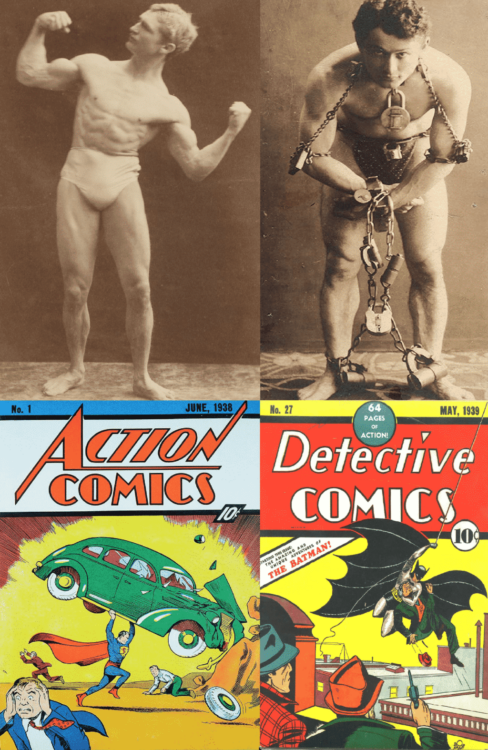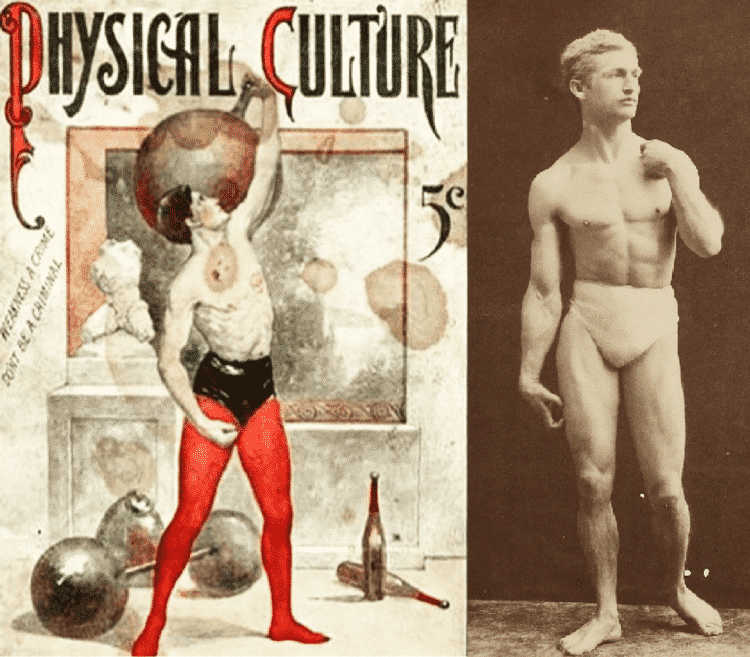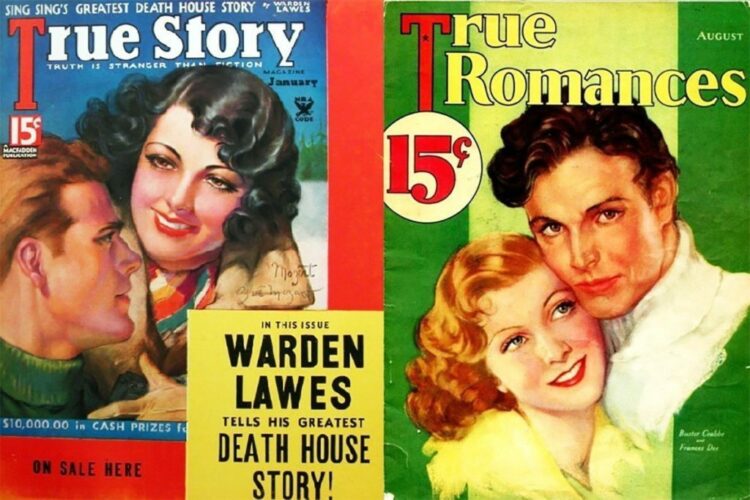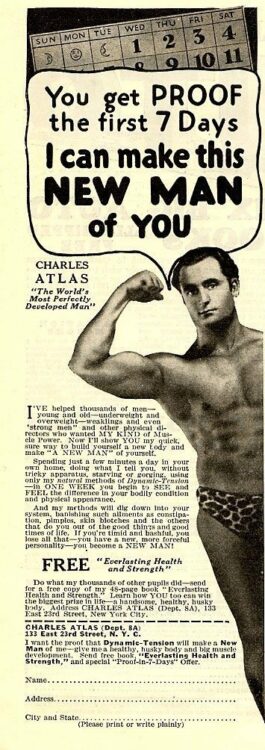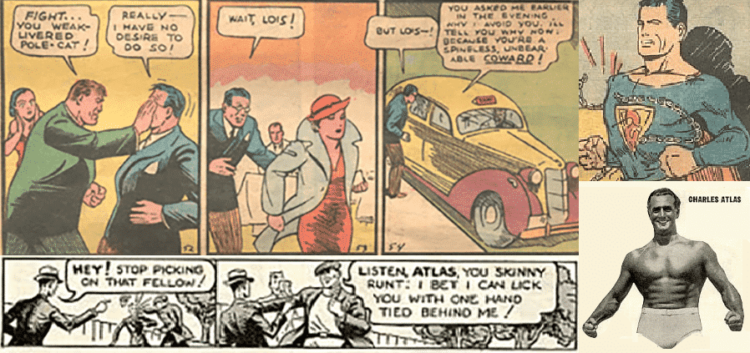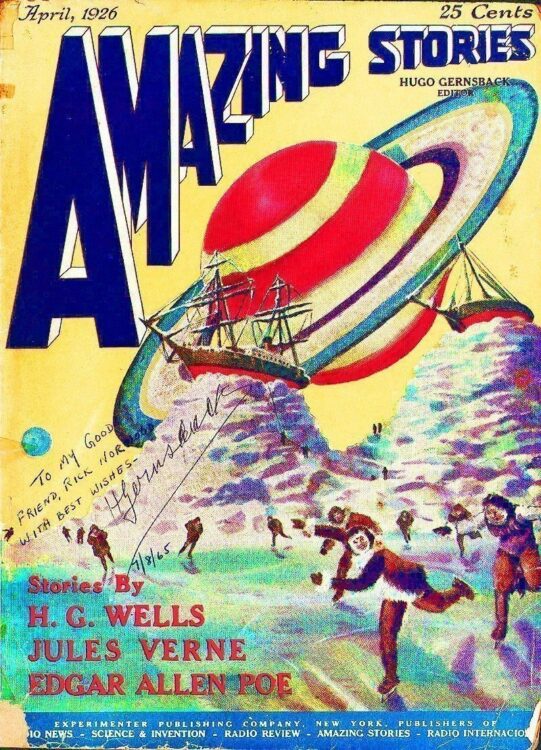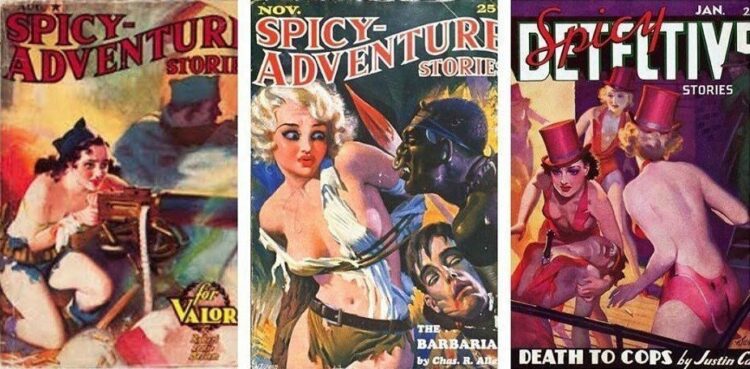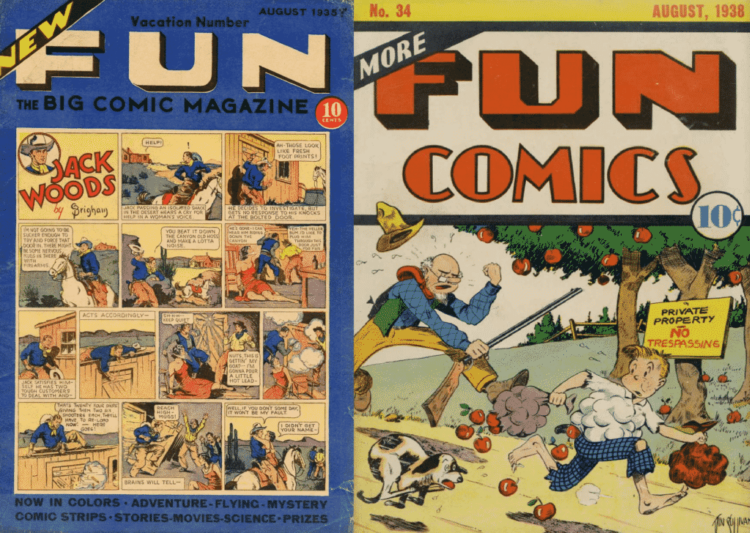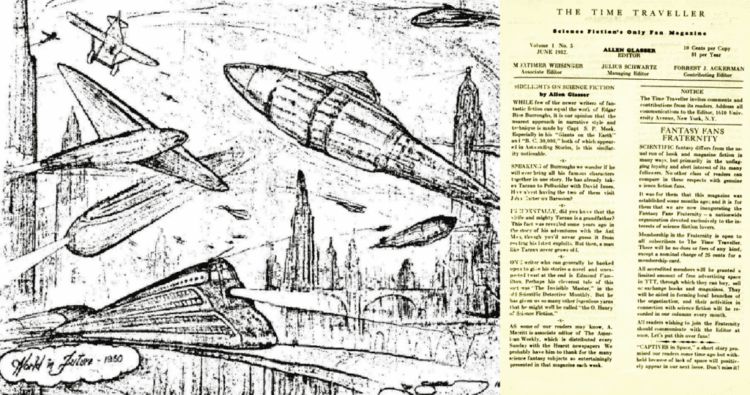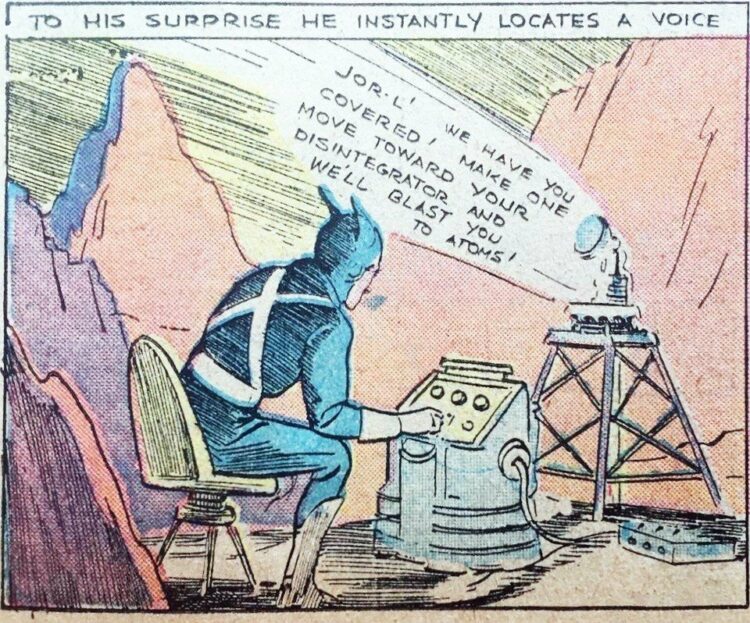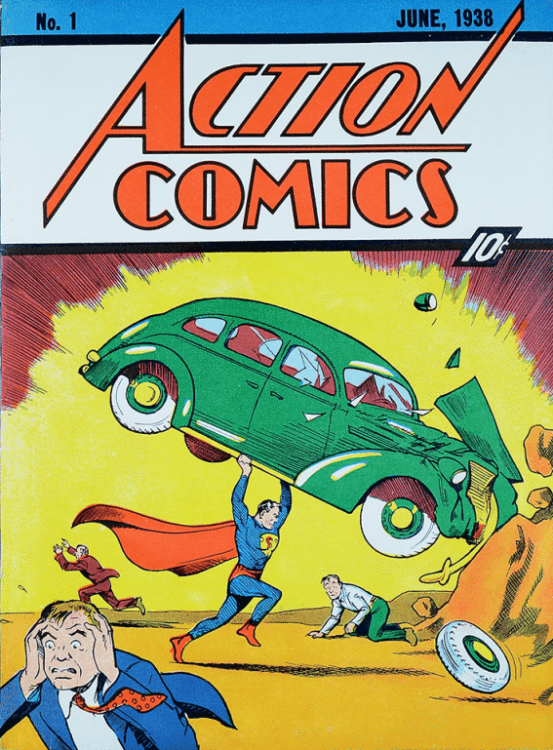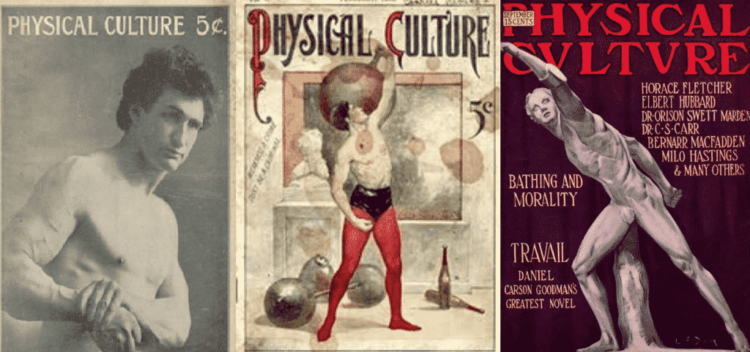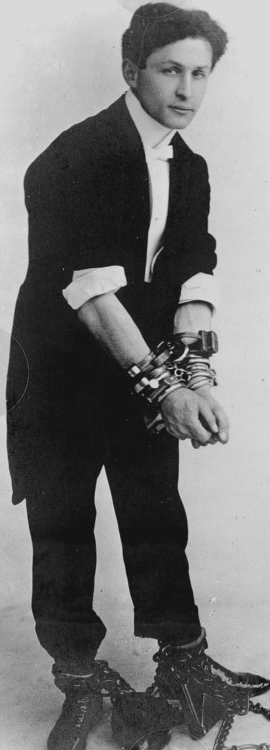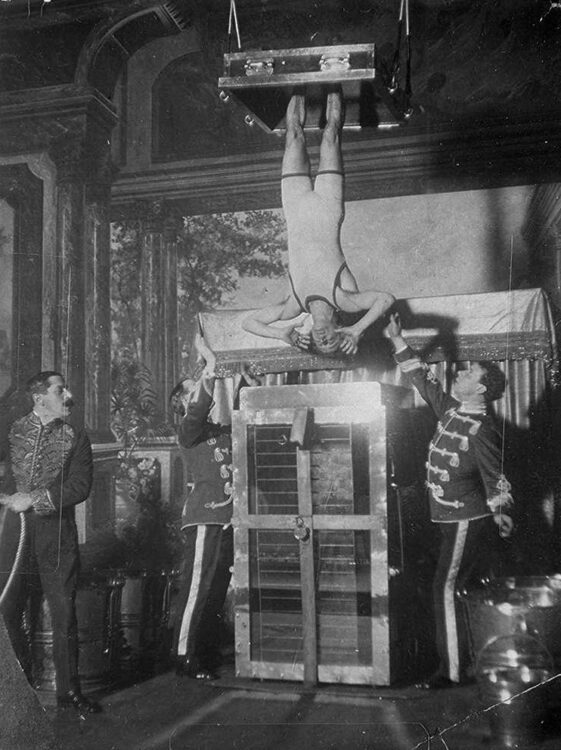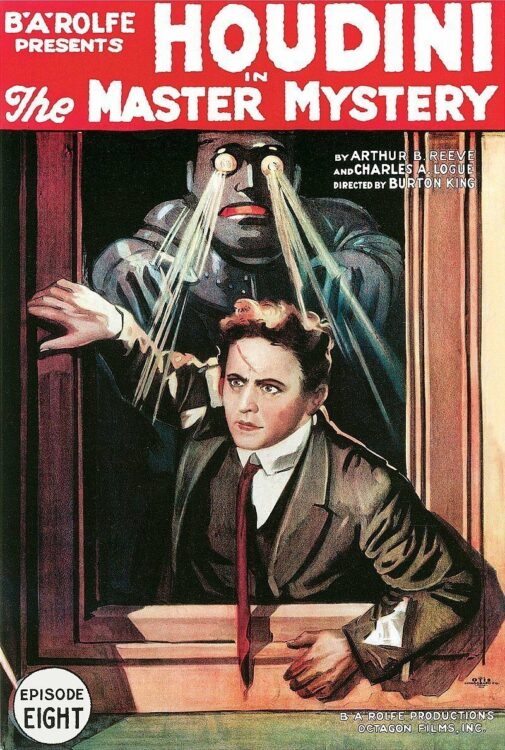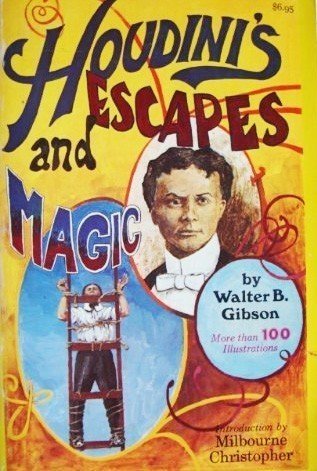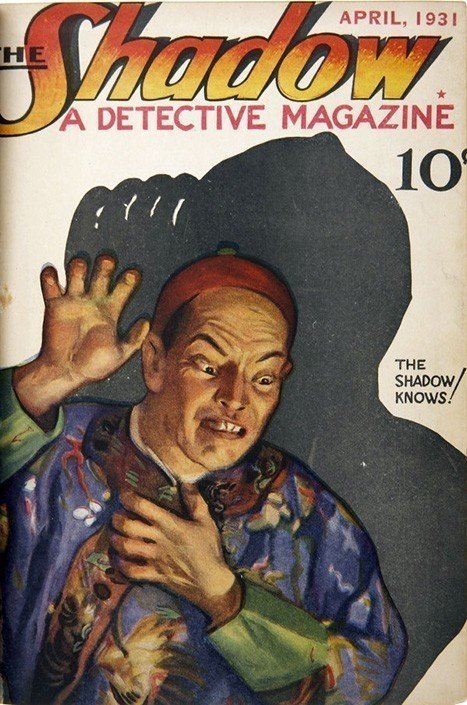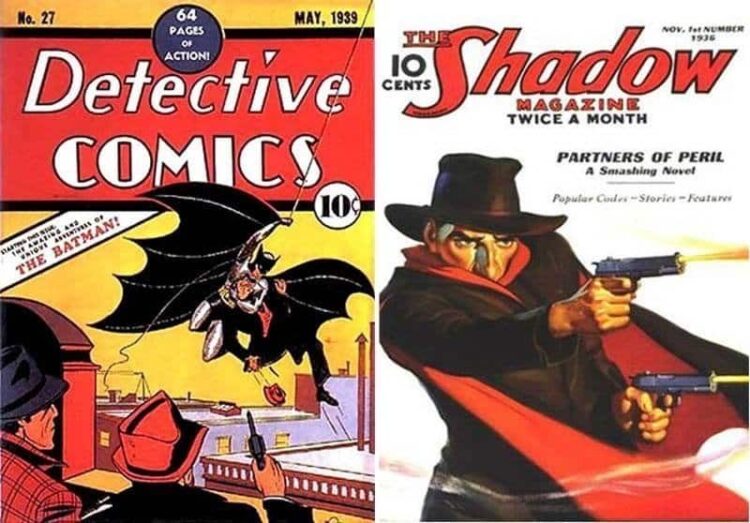MacFadden & Houdini: Real Life Pre-Precursors to Superman & Batman by Alex Grand
Read Alex Grand’s Understanding Superhero Comic Books published by McFarland Books in 2023 with Foreword by Jim Steranko with editorial reviews by comic book professionals, Jim Shooter, Tom Palmer, Tom DeFalco, Danny Fingeroth, Alex Segura, Carl Potts, Guy Dorian Sr. and more.
In the meantime enjoy the show:
Superman and Batman were both created in the first half of the 20th century, and as discussed in previous episodes, their creators had several influences ranging from a swirl of cultural factors involving the golden age of films, pulp magazines, science fiction books, and newspaper strips, but there were real life pre-precursors to these two characters. In the pulps to precursors episode we traced their origins back to Nicholas Carter and Spring-Healed Jack in 1886, but there were also real life figures around 1900 that helped culturally spawn the individual power of the Superman and the mystique of the Batman. These two real life people are Bernarr MacFadden, old time fitness guru, publisher and overall mover and shaker, and the escape artist and magician, Harry Houdini.
Bernarr Macfadden was the prototypical editor publisher who introduced physical fitness into the mainstream audience with his Physical Culture Magazine that he started in 1899 and edited until 1912.
Through its success of discussing nutritional and health theories, he organized fans as faithful followers of perfecting ones body, to build a better tomorrow, a culture of tomorrow surrounding physical excellence and fitness. He was orphaned as an 11 year old, similar to many heroes described in stories, and through sheer will, built up his body and mind to overcome hardship, and become a self-made mogul . As compared to another body buildling publisher of his time, Bernarr also was excellent at self promotion and changed his name from Bernard to Bernarr to mimic a lion’s roar. Similar to how Will Eisner started his Eisner and Iger shop in the late 1930s using various pseudonyms for his stories, Bernarr did the same in the early issues of his Physical Culture magazine using various pseudonyms and built the brand into a successful magazine line. Eventually he would have readers send in their own stories which he synthesized into a new series of pulp magazines, True Story and True Romances.
These two pulp magazines sold quickly and made MacFadden a rich man, alongside his Physical Culture magazine, he created a publishing juggernaut, and inspired the likes of Italian Immigrant Charles Atlas who started ads in his magazine and others in 1929. Joe Shuster, the co-creator of Superman was a shy nerdy kid who would work out in the gym in high school and dream of being strong like Charles Atlas.
Both Siegel and Shuster would subject Clark Kent to similar situations of being bullied before unleashing his stronger alter ego, Superman upon them, which reads a lot like the skinny kid becoming Charles Atlas in the strip and giving them justice through physically violent payback.
His publishing structure was a success and took on the monopolies of American News Corp. MacFadden was the giant from upon whose shoulders, Hugo Gernsback and Harry Donnenfeld stood and copied the same style of success because they mimicked his publishing formula, to develop their own similar success. His ability to become “New Money” was mimicked by Hugo Gernsback, the creator of the Science Fiction magazine, with his very famous Amazing Stories in 1926. Martin Goodman originally worked for Gernsback before starting his own pulp/comic book company Timely and then Marvel Comics,
In 1929, Macfadden squeezed Gernsback out of Amazing Stories and acquires it himself! Another publishing copycat to MacFadden was Harry Donnenfeld who through a series of similar events started his Independent News Corp distribution network for his pulp magazines like Spicy Adventure Stories and Spicy Detective stories. These sported some covers graced with some beautiful painted art containing some dubious content.
Through lending, Donnenfeld appropriated a comic books division, with his accountant Jack Liebowitz, from Major Malcom Wheeler-Nicholson’s National Allies Publications to create the line of comics later known as DC.
Like we discussed in our Juluis Schwartz episode, in a similar fashion that MacFadden inspired Gernsback and Donnenfeld, Gernsback inspired sci-fi readers like Jerry Siegel, Mort Weisinger and Julius Schwartz to explore this sort of fan inspiring work in science fiction, and they all ended up working for Harry Donnenfeld during the Golden Age of Superheroes at National Periodical Publications (DC Comics). Jerry Siegel started his science fiction fanzine inspired by Gernsback, Cosmic stories 1930. Mort Weisinger and Julius Schwartz started their fanzine Time Traveler in 1932.
As part of their sci-fi inspiration form Amazing Stories, New Adventure Comics 12, 1937 has a Federal Men 4-pager by Jerry Siegel and Joe Shuster with a sci-fi slant regarding a futuristic fed named “Jor-L” more than a year before the first Superman appearance in Action Comics 1, 1938. Jor-L would be changed to Jor-El as the name of Superman’s father a year later in his first appearance.
Jerry Siegel and Joe Shuster eventually published their Superman strip from various sources, one of them being Charles Atlas as mentioned above who was a inspired by Bernarr MacFadden. This strip would be published by National Allied Publications by Wheeler-Nicholson and Donnenfeld, and it was Donnenfeld who mimicked MacFadden’s business model to create his own publishing empire and create the vehicle to get Siegel and Shuster’s Superman out into the public eye in Action Comics 1, 1938.
Some of its science fiction themes were inspired by Amazing Stories by Gernsback who also mimicked Bernarr MacFadden’s publishing structure. Mort Weisinger got into editing Pulps and appropriated Superman’s catch title The Man of Tomorrow for the New York Worlds Fair 1, 1939, for his own Captain Future that he created for Thrilling Publications.
Eventually Weisinger would start editing the Superman books a short time later and become linked to Superman for close to 30 years retiring in 1970. So the man, Bernarr MacFadden who started his Physical Culture magazine in 1899, and help add to the 1920s zeitgeist of how to create a man of tomorrow, a Superman, would in various ways trigger a series of events and inspirations, amongst other triggers which churned out through the actions of Gernsback, Donnenfeld, Siegel, Shuster and Weisinger, the creation and distillation of DC comics’s Superman we know today. This can then make Bernarr MacFadden, a living pre-precursor to Superman who was so vibrant and healthy, he actually lived to the age of 84 and died from a urinary tract infection. This was a very long life considering he was born in 1868 a few years after the civil war ended and lived past both world wars, dying in 1955 during the cold war.
So consider thinking of him when we see a masculine superhero who was based on Superman, like He-Man of the 1980s or every wrestler on TV, that they are linked back to Charles Atlas,
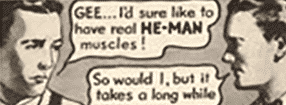
and before him, to the turn of the 20th century grandfather of modern American physical fitness, the pulp publisher, Bernarr MaFadden. The other side of the Superhero coin of the late 1930s is Batman, whom we’ve seen linked to Shadow in the Pulps to Comic Books precursor’s episode, but there is a figure before the Shadow who is a real person from which much of the Shadow’s mystique is derived, and that figure is the turn of the century magician and escape artist, Harry Houdini.
Harry Houdini is one of those turn of the century titans who came onto the magician scene with gusto and sensationalism. He was also buried alive, escaped from underwater traps, was a skilled pilot, cross country runner, and magician. Similar to Bernard MacFadden, his year of burgeoning success was 1899 when he met his manager who would take him on an escape act circuit. In 1904, he escaped from special handcuffs keeping onlookers in suspense for an hour, and would be known as a handcuff king. From 1907 to the next decade, he became famous in America even freeing himself from straitjackets, and became Vaudeville’s most successful performer utilizing feats like his 1912 Chinese Water Torture Cell, making a fortune off his illusions.
He had become such a successful illusionist, that he had even become an actor in movies like this one in 1919.
In 1920, Houdini met and befriended Sir Arthur Conan Doyle who wrote and created the world’s greatest detective, Sherlock Holmes which is what Batman would be called in the fictional world of DC Comics. Houdini died in 1926 at the age of 52 of peritonitis, but not before he had catalogued so many magic tricks that Walter Gibson wrote a book on them in 1926 with the assistance of his widow illustrating Houdini’s flare for tricks, trap escapes, illusion as recipes for how he built his mystique.
The Shadow started out as a Crime Radio show’s narrator, and Walter Gibson was later contracted to elaborate on his backstory in 1931 employing some of the Houdini trickery, mystique, and generating the Shadow’s alter-ego Lamont Cranston as a millionaire man about town who puts fear into criminals using his illusions.
.The Shadow uses disguises to infiltrate criminal organizations and the Shadow played a formative role in Bill Finger and Bob Kane’s Batman in 1939. “Lingo”, one of Walter Gibson’s Shadow stories even had a customized boomerang like the later Batman batarang,
Gibson created the Shadow’s groundwork and many of his stories, and then Theodore Tinsley wrote some of his stories after, and as discussed in the pulps to superheroes episode, The first Batman Comic “The Case of the Chemical Syndicate” in Detective Comics 27 written by Bob Kane with Bill Finger was a rewrite from the 1936 Tinsley Pulp Shadow story, “Partners in Peril.” As a fun aside, 1951, Bill Finger writes The Man Behind the Red Hood, the definitive origin story of the Joker being a small time criminal, Red Hood who escapes Batman by falling into a vat of chemicals at the Ace Playing Card Company. This accident results in him looking like a disfigured clown. However, Theodore Tinsley wrote a Shadow story called the Grim Joker in 1936 about a clown mob boss. Coincidentally Theodore Tinsley also wrote about the Scarlet Ace in a Crime Pulp in the early 1930s which also has some similarity to the later Red Hood. As much as Conrad Veidt was an inspiration to Bill Finger and Jerry Robinson, so also does it appear was Theodore Tinsley.
So it is apparent that through Walter Gibson as the common thread, Harry Houdini and his tricks, gimmicks and illusions was a real life pre-precursor to Batman, which we see when he utilizes mystique to escape out of traps and uses illusions to scare criminals.
Well this has been a fun episode of Comic Book Historians, it is fun to pinpoint sources and precursors and triggers of the creation of some of our favorite characters, and in this case, pinpointing two real life pre-precursors like Bernard MacFadden and Harry Houdini. They both got their big break into mainstream consciousness in 1899, and went full swing into the new 20th century leaving behind enough of a trail of activity to help bring about and contribute to events which lead to the creation of Superman by Jerry Siegel and Joe Shuster within the publishing structure of National Allied Publiications, as well as the mystique, gimmickry, escape artistry used by Bill Finger and Bob Kane to create Batman. Two completely different flavored figures in history, one featuring power, determination and near immortality, and the other featuring illusion, mystique and high amounts of personal risk and physical injury.
Cheers.
Join us for more discussion at our Facebook group
check out our CBH documentary videos on our CBH Youtube Channel
get some historic comic book shirts, pillows, etc at CBH Merchandise
check out our CBH Podcast available on Apple Podcasts, Google PlayerFM and Stitcher.
Photos © Their Respective Copyright Holders, Action Comics ©DC Comics, Detective Comics ©DC Comics, True Story ©MacFadden Communications Group, Physical Culture ©MacFadden Communications Group, Charles Atlas ©Charles Atlas, New Fun ©DC Comics, More Fun ©DC Comics, Spicy Adventure and Spicy Detective ©Culture Publications 1930s, Captain Future – Public Domain, Shadow ©Conde Nast, Batman Houdini ©DC Comics, Houdini Master of Mystery Cover ©Grossett and Dunlap, New York 1919 seized by Book Revivals Press. All Detective Magazine ©Pulp Tales Press, Houdini’s Escapes and Magic ©1930 Walter Gibson and ©2011 Sam Sloan, New Adventure Comics ©DC Comics
Use of images are not intended to infringe on copyright, but merely used for academic purpose.









